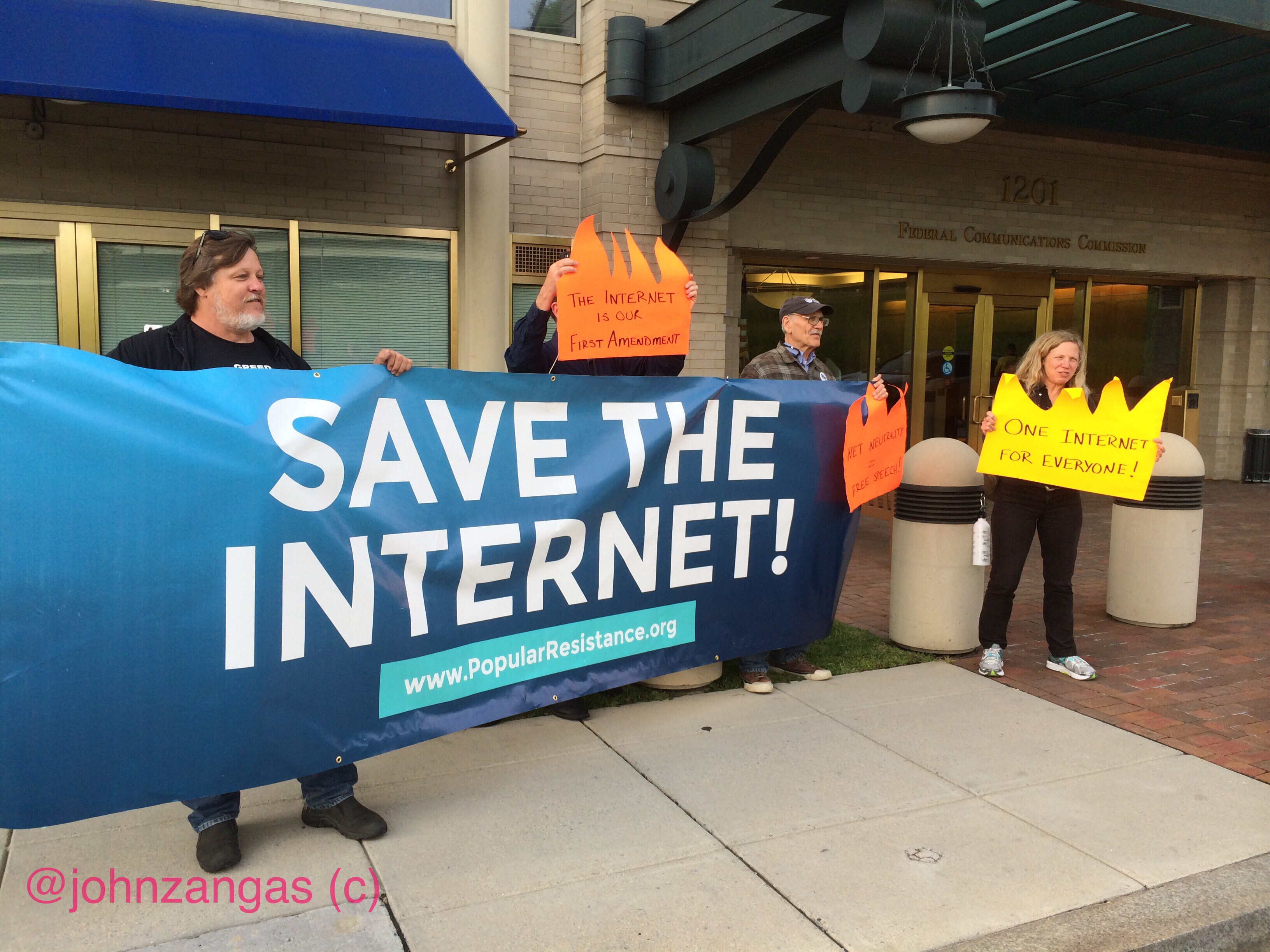You may have never heard of JLENS, but you have been paying for it for the last eighteen years.
The $2.7 billion surveillance program, which was originally slated to be a fleet of blimps used to watch people and vehicles across America, is just the latest in a series of Pentagon boondoggles that allocated tax-payer dollars to weapons manufacturers. And if you are thinking that sounds like a ridiculous amount of money to spend on balloons with cameras attached, you would be correct.
The enormous investment used to spy on the tax payers whose money was spent to develop JLENS has been a seemingly never-ending comedy of errors. Due to a string of operational failures and the predictable “cost overruns,” the program, which was supposed to include 35 blimps scattered throughout the country to watch Americans from sea to shining sea, ended up producing just two units.
That’s almost $1.4 billion per blimp.
But after almost two decades, the JLENS system was released, and promptly failed in epic fashion.
Earlier this year Douglas Hughes, a Florida postal worker flew a single-seat mini helicopter over the restricted airspace of Washington DC and landed on the lawn of the U.S. Capitol. As part of the flight plan filed by Hughes, the FAA and multiple military organizations knew before he took off that his flight would pass directly under one of the two JLENS blimps which are stationed in the airspace between Baltimore and DC.
Yet, even with the advanced notice, the JLENS failed to detect or report Hughes’ flight. Raytheon, the manufacturer of the failed $2.7 billion system has asserted that the system is proven, capable, and ready to be deployed. But tax payers, and a mailman with a homemade helicopter would beg to differ.
In an unrelated story, Congress recently pushed though a spending appropriation for the Department of Veterans Affairs which included a funding shortfall of $1.4 billion…or the cost of one blimp.




